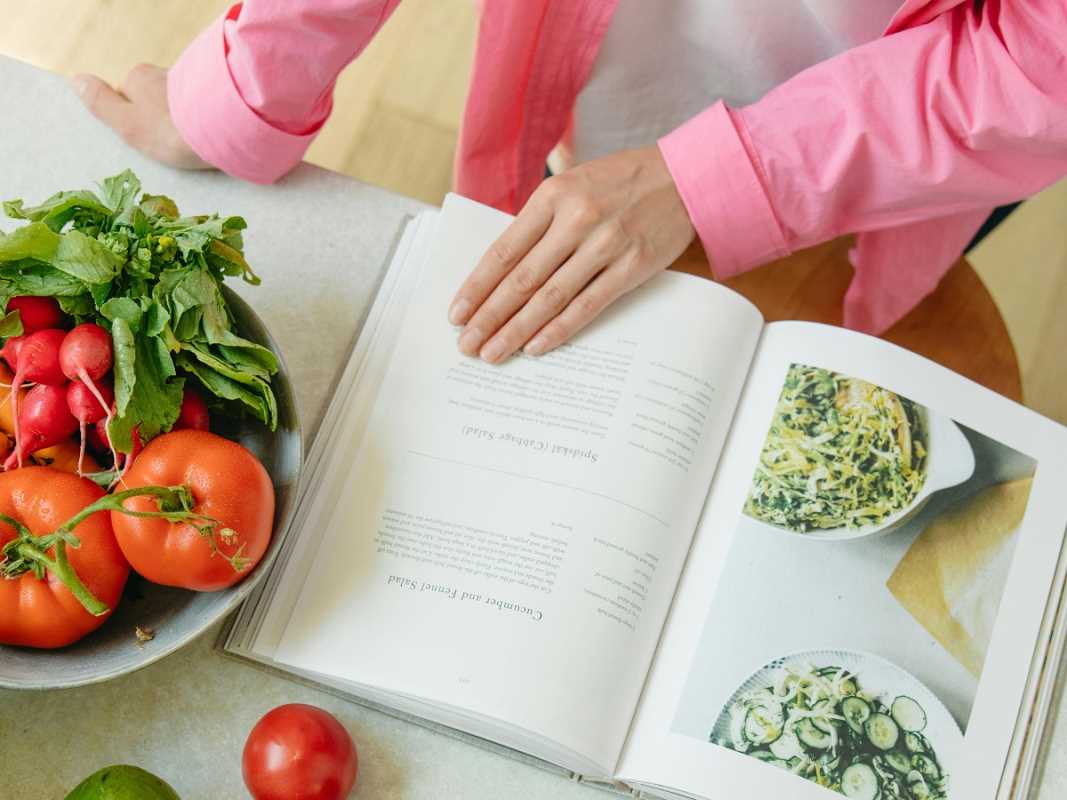Juggling picky eaters and busy schedules can make weeknight cooking a real challenge, especially when you want to prepare something that appeals to everyone. Creating meals that burst with color, aroma, and texture is entirely possible—even without relying on meat. When you highlight bold spice blends, playful textures, and well-loved meal styles, you invite the whole table to enjoy something new. Even the most hesitant diners may find themselves asking for second helpings of vegetarian dinners. These dishes can easily become family favorites, making it easier than ever to serve satisfying, meat-free meals any night of the week.
These ideas thrive on simple swaps and layered tastes. When you swap ground beef for spiced lentils or let juicy mushrooms play the starring role in tacos, you invite curiosity rather than skepticism. Embracing plant-based proteins in bold preparations means no one misses meat—they just ask for seconds.
Changing How You Think About Flavor in Every Dish
What if adding brightness through citrus and tang isn’t just a finishing flourish but a core component? Start with bold dressings, marinades, or quick-pickles to infuse each bite with lively notes that dance on the palate. Build acidity and sweetness in harmony to create a layered taste profile that keeps dinner interesting from first forkful to the last crumb.
Pair crunchy pickled red onions with silky pureed beans or top grain bowls with zesty salsa verde to show how contrast can increase excitement. These combinations work in tacos, bowls, flatbreads, or pasta—wherever you want an extra kick. Let fresh herbs and quick-pickle techniques become your secret weapons for meals that feel both familiar and fascinating.
Creating Meals That Build Connections
Food unites people, and turning family favorites into vegetarian layers can inspire conversation. Imagine setting up DIY taco stations or personalized lettuce cups that turn cooking into a shared activity. By making communal interaction the focus of hands-on assembly, you change dinner from a chore into a festive ritual.
Group participation also teaches kids about ingredients and flavors. Let each family member choose mix-ins—spiced roasted chickpeas, marinated tofu strips, or colorful vegetable ribbons—and share their personal creations. This approach fosters curiosity and encourages everyone to take ownership of the meal, making them eager to participate.
Building Balanced Plates
- Layering Ingredients Mix textures to keep interest high. Start with a sturdy base like farro or shredded cabbage, spread on a creamy puree such as roasted red pepper hummus, add grilled vegetables, then finish with crunchy pepitas. This five-step layering creates a combination of chew, cream, crisp, and snap that feels indulgent yet wholesome. All components cost just a few dollars per serving and often use staples you already keep on hand. Insider tip: grill veggies on high heat in a cast-iron pan for caramelized edges that mimic the flavor of grilled food.
- Creating Spice Blends Replace reliance on salt with custom blends. Begin by toasting whole spices like cumin seeds, coriander, and mustard until fragrant. Pulse them in a spice grinder, then mix in ground paprika and a pinch of cinnamon. Store in an airtight jar and generously sprinkle over roasted sweet potatoes or cauliflower steaks. A spoonful covers four servings and costs less than a dollar per dish. Insider tip: toast spices in small batches to keep flavors sharp and prevent rancidity.
- Cooking Creamy Legumes Turn dry beans into silky mash without a pressure cooker. Soak overnight, drain, and simmer gently for 75 minutes on the stove, skimming foam as needed. Mash partway through to get a mix of whole beans and creamy bits. Season with garlic-infused olive oil and a squeeze of lime. A pot provides six lunches and costs pennies per portion. Insider tip: add a small strip of kombu seaweed while simmering to speed up breakdown and boost umami flavor.
- Making One-Pot Meals Use a deep skillet or Dutch oven, heat oil, then layer aromatics like onions, garlic, and ginger. Stir until translucent, then add grains such as quinoa and a tin of tomatoes. Pour in broth, cover, and simmer. After 20 minutes, stir in kale or chopped chard, and let it wilt. Serve straight from the pot for minimal cleanup. Most ingredients appear in budget-friendly pantry lists, and cooking everything together concentrates flavors. Insider tip: leave the lid slightly askew to encourage gentle evaporation that naturally thickens the sauce.
- Preparing Fridge-Ready Components Keep a drawer stocked with quick-marinated vegetables, cooked legumes, grain salads, and smashed chickpea salad. When evening hunger hits, simply layer these components in a bowl or wrap. This mix-and-match method uses each prep for three to five meals, reducing cooking stress. Cost per assembled meal averages under $3, and you cut down on food waste. Insider tip: rotate different vinegars—rice wine, cider, sherry—to refresh flavors without adding new ingredients.
Tips for Easy Weeknight Preparation
Make your evening routine smoother by preparing core components on weekends or less busy nights. Roast a tray of root vegetables, cook a large batch of beans, and blend dressings early. During the week, reuse these ingredients in wraps, grain bowls, or quesadillas that come together in less than 10 minutes.
Turn multitasking into a family activity by having older kids stir soups or measure spices while you chop. This approach speeds up prep time and helps children gain confidence in the kitchen, making them more willing to try new flavors.
Adapting for Young Tastes
- Offer crunchy toppings separately, such as crushed tortilla chips, toasted bread crumbs, or shredded carrots, so picky eaters can decide how much crunch they want to add.
- Introduce new vegetables alongside familiar favorites. If broccoli feels intimidating, toss it into a cheesy pasta bake with halved cherry tomatoes. Over time, reduce the cheese layer so the vegetable flavor becomes more apparent and welcoming.
- Use mild spice bases like a pinch of smoked paprika or sweet chili sauce. Let family members sprinkle extra chili flakes at the table if they want heat, keeping the core dish approachable for everyone.
Trying these methods transforms weeknight meals into lively, memorable gatherings. Focus on flavor, simplicity, and family participation to make busy evenings joyful rather than stressful.
As you try different layers and spices, you’ll find that vegetarian dinners can satisfy even the most devoted meat lovers. Soon, people will request your plant-based dishes often.
 (Image via
(Image via





